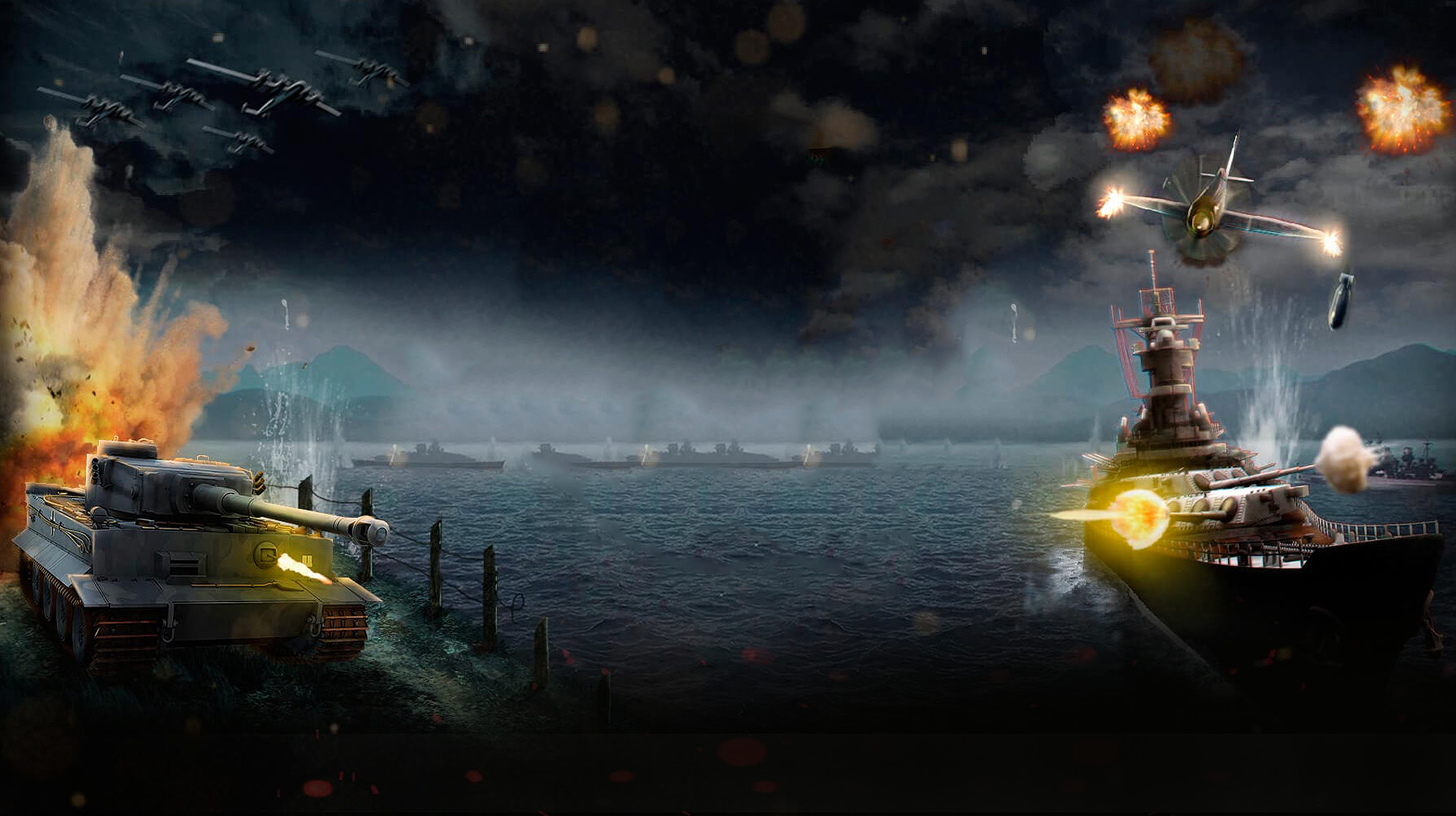

As the scale of war making increased, command and control also failed to keep pace. Virtù, whether expressed as courage or cunning, correspondingly took second place on the battlefield to weight of shells and number of bodies.

What had begun with the introduction of gunpowder a more or less proportional three-way interaction became by 1915 overwhelmingly firepower-dominated. Most familiar is the drastic imbalance in the operational triad of mobility, protection, and firepower. World War I was further structured as a mass war by two technological factors. The Green Curve and Other Stories, published in 1909, focuses on the inexorability of statistics - the “green curve” of the title story - and on the need to understand and accept this rather than rail against it. Among an increasing body of professional military literature expressing the same idea, the work of Sir Ernest Swinton (1868-1951) stands out. Even the German general staff was moving towards consideration, and acceptance, of a conflict of the longue duree. In that context what has been described as the “short-war illusion” was becoming the short-war desire.

In this context, professional military literature stressed the inexorability of statistics and the need to understand their importance in a conflict that would not end quickly. The heroic vitalism of earlier eras did not disappear but was seen more as the cutting edge of a massive blade, built from the entire material and moral resources of a state and its people. The aphorism that amateurs discuss strategy while professionals talk logistics had its birth in the 19 th century. The exponential growth in the size of armies and fleets was only the tip of an iceberg that included the consideration of economic statistics, votes in parliaments, and citizens working in fields and factories. Since the Napoleonic era, war across the globe had been increasingly an affair of numbers and numerical calculation. First, it was the last war to prioritize the concept of mass. To understand how the Great War looks forward to developments in future conflicts, it is necessary to understand four defining aspects of the war itself.


 0 kommentar(er)
0 kommentar(er)
